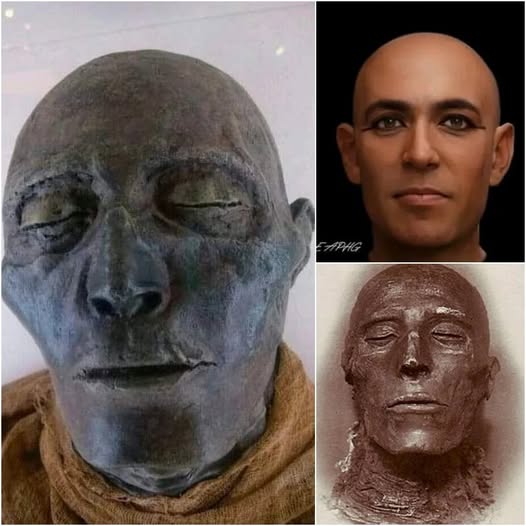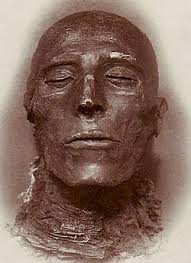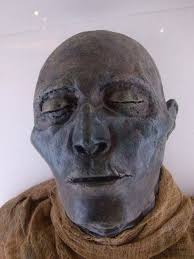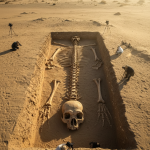The Timeless Face of Pharaoh Seti I: A Gateway to Ancient Egypt

The mummified face of Pharaoh Seti I, who passed away over 3,298 years ago, continues to mesmerize historians and archaeologists as one of the best-preserved relics of ancient Egypt. Seti I’s reign marked a golden age of prosperity, art, and power, leaving behind monumental legacies that defined the grandeur of Africa’s Nile Valley. His visage, preserved through millennia, serves as a powerful reminder of the sophistication and resilience of a civilization that flourished on its own ingenuity and cultural strength.

Seti I was not just a ruler; he was a visionary who expanded Egypt’s influence and wealth, commissioning magnificent temples and intricate tombs. The artifacts and monuments from his era reflect an unparalleled level of artistry and architectural innovation, showcasing a society that was deeply connected to its traditions and beliefs. The discovery of his mummified remains offers a glimpse not only into the life of a great pharaoh but also into the rich tapestry of ancient Egyptian culture.
For centuries, explorers and scholars have sought to unravel the secrets of Egypt, often resorting to fantastical theories about its origins—crediting aliens, giants, or outsiders for its achievements. Yet, the preserved visage of Seti I stands as undeniable proof of Egypt’s African heritage. His features, etched in time, embody the magnificence of a civilization that thrived independently, drawing strength from its own history and people.

As debates over Egypt’s true origins persist, Seti I’s timeless face serves as a poignant reminder that history is often hidden in plain sight. It urges us to look deeper into the narratives we accept and to challenge the misconceptions that have clouded our understanding of ancient cultures. What other truths lie buried beneath the sands, waiting to be revealed? The allure of Egypt lies not only in its monumental pyramids and grand temples but also in the stories of its rulers, artisans, and everyday people who shaped its legacy.

The enduring fascination with Seti I highlights the importance of preserving and studying ancient artifacts, as they provide invaluable insights into human civilization. Each discovery adds to the narrative of a people whose contributions to art, science, and governance continue to resonate through time.
In conclusion, the face of Pharaoh Seti I is more than just a relic; it is a gateway to understanding the complexities of ancient Egypt. As we delve into its history, we are reminded of the resilience of human culture and the importance of honoring our shared heritage. Through Seti I, we glimpse the profound depth of a civilization that continues to inspire and captivate the world.











